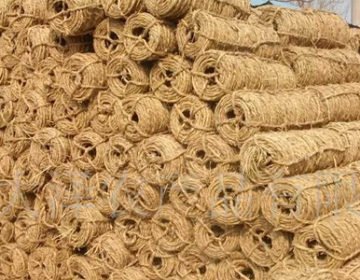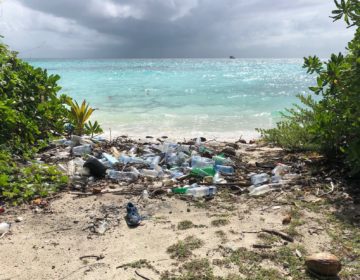More often than not if you are eating on any of the Maldives’ inhabited islands your chicken has been imported from South America, your tomatoes from India and your cheese from the Middle East. Your food has flown more than you might in a year just to get to reach your plate!
With the exception of coconut and tuna, 90% of all food items are imported to the Maldives. This is because of a lack of space and the unsuitability of much of the soil for farming. Dry land constitutes just 1% of the Maldives territory, and only 29.8 square kilometers of this is arable. Most of the ground is shallow and nutrient deficient, which is fine for coconuts but not much use for agriculture.
When space is at a premium, the majority of food is imported, and the population continues to expand exponentially, hydroponics offers a much-needed solution.

What is Hydroponic Farming?
Hydroponic farming is a sustainable system of agriculture which allows crops to be grown in areas where the land is unsuitable for farming. Without using pesticides, the hydroponics system substitutes soil with mineral nutrient solutions in water.
 Maduvarri Island Farming. Photo credit: Maduvarri Island
Maduvarri Island Farming. Photo credit: Maduvarri Island
As hydroponics operations are still reasonably new in the Maldives, they currently account for a small percentage of the fruits and vegetables consumed in the country. But several resorts including Soneva Fushi and Kuramathi have small-scale hydroponics projects growing things like lettuce, herbs, and chili for their kitchens and Soneva Fushi grows enough mushrooms to sell them to the inhabited islands of the Maldives too.
 Soneva Fushi Vegetable Garden. Photo credit: Soneva Fushi
Soneva Fushi Vegetable Garden. Photo credit: Soneva Fushi
Some inhabited islands also have small-scale hydroponics projects, but currently, only two inhabited islands have larger-scale agricultural hydroponics projects: Maafahi and Thoddoo (which were already agricultural islands for many years before this). Various other agricultural projects are also being implemented in Thoddhoo right now, including climate-controlled greenhouses.
An estimated 41 types of fruit and vegetables are being grown on Maafahi, which among other produce is famous for its many varieties of lettuce while Thoddoo is the country’s largest producer of watermelons.
 Thoddoo is the country’s largest producer of watermelons.
Thoddoo is the country’s largest producer of watermelons.
Both islands plan to develop and expand their hydroponics projects to cater for the growing demand both in inhabited islands and from resorts looking for cost-efficient solutions to the problem to the problem of supplying fresh produce to the ever increasing population of the Maldives.
(Source: Eat.mv, Issue 01, 2015)



